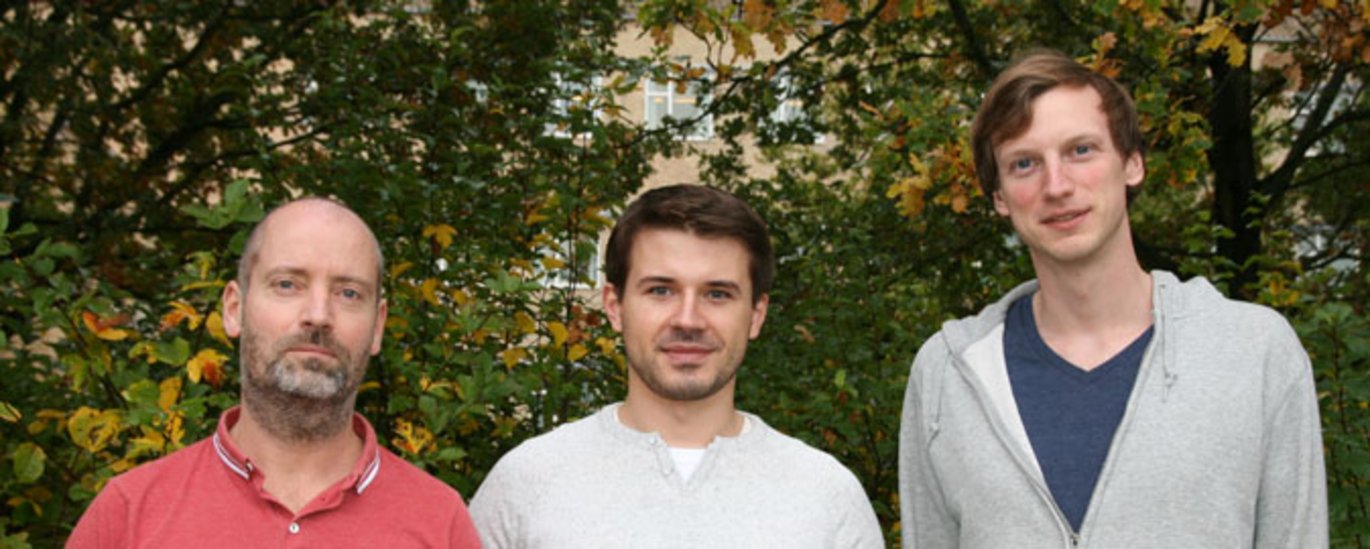Proteins suppress useless gene activity in human cells
A new study shows how our cells sort the wheat from the chaff in a tangle of useful and useless gene molecules. In collaboration with international research groups, a Danish research team from Aarhus University has now found a mechanism that helps the cells prevent accumulation of the many useless RNA molecules being constantly produced by runaway gene activity in our cells. These findings contribute to a new understanding of our genes and may eventually help our understanding of gene activity in stem cells and cancer.

Protein is made from template molecules called RNA molecules, which are copies of segments of our DNA strands – our genes. A few years ago, a research team from Aarhus University showed that the generation of RNA is far more chaotic than previously assumed. In fact, most of the RNA molecules produced in our cells do not contain any information that is useful in protein synthesis. The accumulation of these molecules is therefore potentially damaging to our cells. In collaboration with international research groups, the same research team has now found a mechanism that helps our cells remove the many useless RNA molecules produced.
The scientists have found proteins that recognise the ‘runaway gene activity’ that produces the useless RNA molecules. Runaway gene activity arises when the production of RNA runs in the wrong direction on the DNA strands or when a stop signal in the DNA is overlooked and the synthesis therefore runs too far. When the proteins recognise runaway gene activity, they derail the process and channel the useless RNA molecules into a degradation process. In this way, the cells manage to both suppress the production and degrade the product using just one mechanism.
The detected proteins have previously been associated with stem cell development and cancer. An understanding of how these proteins actually function inside the cell is therefore an important prerequisite for finding their possible roles in disease. The new findings may therefore contribute to future insight in this regard.
The work was carried out by Postdoctoral Fellows Peter Refsing Andersen and Michal Domanski and other members of the Torben Heick Jensen laboratory at the Danish National Research Foundation’s Centre for mRNP Biogenesis and Metabolism, Department of Molecular Biology and Genetics, Aarhus University. The work was done in collaboration with research groups from Odense, Montpellier, Stockholm, Dresden and New York. The new results have just been published online in the journal Nature Structural & Molecular Biology.
The research group is also co-author of another article on the same subject, also published online today in Nature Structural & Molecular Biology.
Fact box
|
More information
Professor Torben Heick Jensen
thj@mb.au.dk – mobile: +45 6020 2705
or
Postdoctoral Fellow Peter Refsing Andersen
pra@mb.au.dk
Centre for mRNP Biogenesis and Metabolism
Department of Molecular Biology and Genetics, Aarhus University, Denmark
